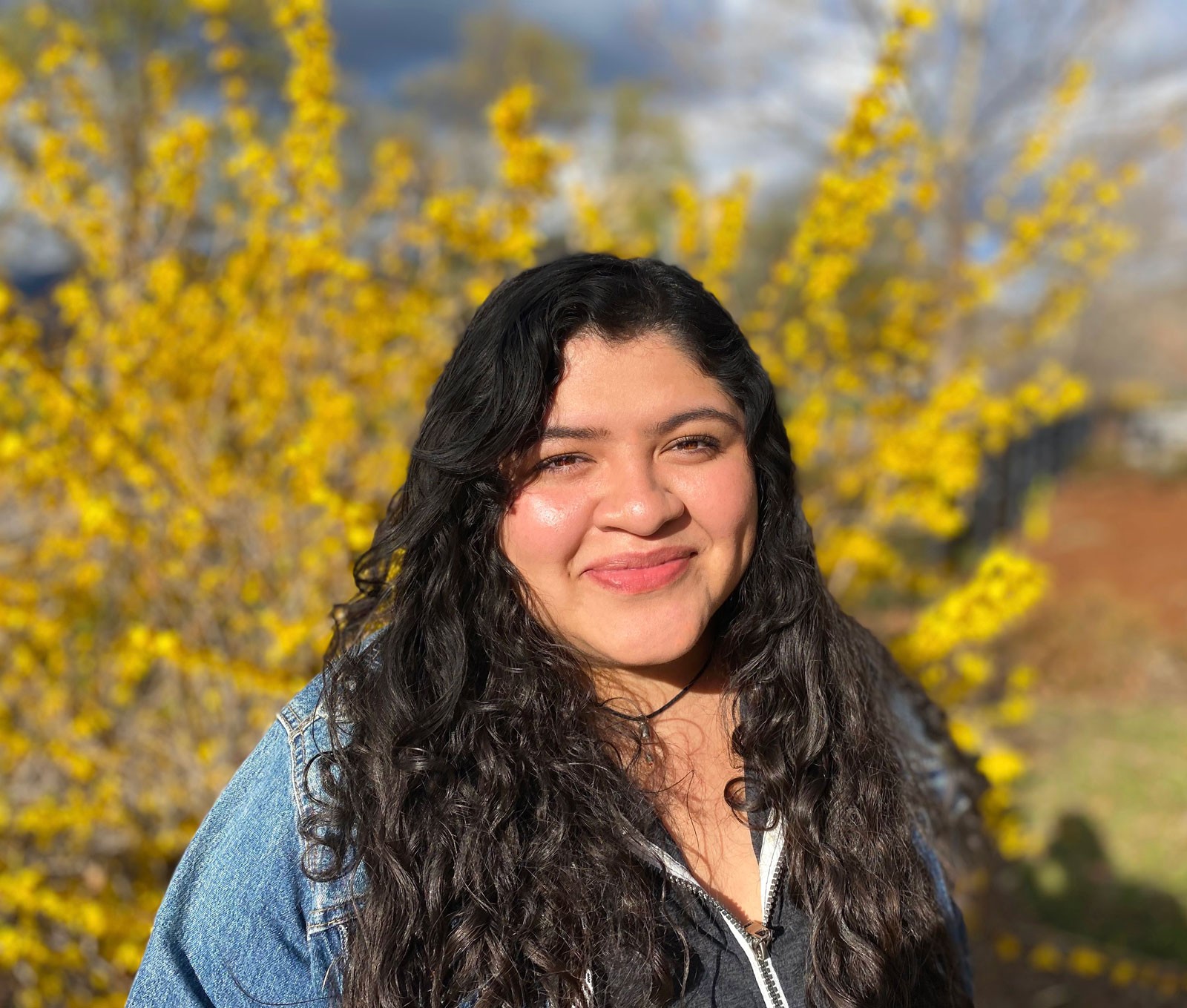Underrepresented Voices in USU's Gov't Info Collection Highlighted in New Guide
By Kellianne Gammill |
Utah State University Libraries and the Center for Intersectional Gender Studies & Research have teamed up to create a LibGuide to help researchers find materials for underrespresented voices in the Government Information Collection.
The first guide focused on the Women’s Bureau to coincide with Women’s History Month.
“The Government Information Collection includes 1.4 million documents,” Government Information Librarian Jen Kirk said. “The sheer size of the collection presents challenges to researchers to find materials and use them.”
One of those challenges is how language has changed over time and the variety of ways the federal government has interacted with people, according to Kirk.
“This project allows us to choose particular areas of the collection to explore, highlight and provide context to the documents in order to help researchers find and interact with government information,” Kirk said. “Additionally, the libraries strive to improve the student experience. This includes our student staff.”
This project was initiated by student staff member Nicole Hurst in fall 2021 as part of a class project for Technology and Activism, an English course. Inspired by her work, Center for Intersectional Gender Studies and Research Director Avery Edenfield and Kirk saw an opportunity to provide undergraduate students with research and practical writing experience. In Fall 2022, Edenfield and USU’s Center for Intersectional Gender Studies & Research joined with the library on this pilot project. The library hired an undergraduate student, and the center awarded a graduate fellowship. Vanessa Garcia Vazquez and Saeed Ahmad joined the project in 2023.
“When I joined the project in a dedicated staff line, I did more in-depth research about the history of the bureau and the language to try to fill some of the gaps in the guide,” Vazquez said. “With the help of Saeed, I was able to look at the bigger picture of who this collection represents and the language they are using when discussing them.”
While working on this project, Vazquez quickly discovered the limitations of this time.
“This work provides a different perspective about women’s progression and how slow this progress was. There are documents in this collection from the ’70s that advertise motherhood as the top job for women,” Vazquez said. “This was over two decades after women had worked during the war. It’s shocking to read some of these documents knowing that it was produced by a bureau that was intended to help women.”
Though the guide focused on how the government documented women, what was left out of the Women’s Bureau was just as important, according to Vazquez.
“The Women’s Bureau did so much for women’s progress but as we see in the collection, they also did a lot of harm,” Vazquez said, noting that the collection only represented white, cisgender, heterosexual women. “The Bureau was created to do research and create public awareness, but how helpful is it if so many women are left out of the collection? Research is the foundation for social change, and this research needs to include the intersectional people that history has erased or forgot to document.”
Edenfield notes that “It is important to consider how the Women’s Bureau captured white women’s experiences and sidelined the experiences of women of color. This erasure is an example of ‘race neutrality,’ which provides cover for white supremacy.”
While this guide focuses on women, there will be more guides for other underrepresented groups and lesser-known areas of the Government Information Collection.
“My hope is that this guide reminds people to be inclusive with their research, to always ask themselves who is not being represented, and to actively search for the stories of marginalized groups,” Vazquez said. “I would also love for more people to use Government Information as a resource for research. We have this incredible resource in the library’s lower level and so many people don’t know it exists.”
The guide can be viewed at https://libguides.usu.edu/uswomensbureau.
Graduate Fellow Vanessa Garcia Vazquez worked on completing the guide.
WRITER
Kellianne Gammill
Public Relations Specialist
University Libraries
(435) 797-0555
kellianne.gammill@usu.edu
CONTACT
Jen Kirk
Government Information Librarian
USU Libraries
jen.kirk@usu.edu
TOPICS
Research 901stories Women 215stories History 141storiesComments and questions regarding this article may be directed to the contact person listed on this page.









